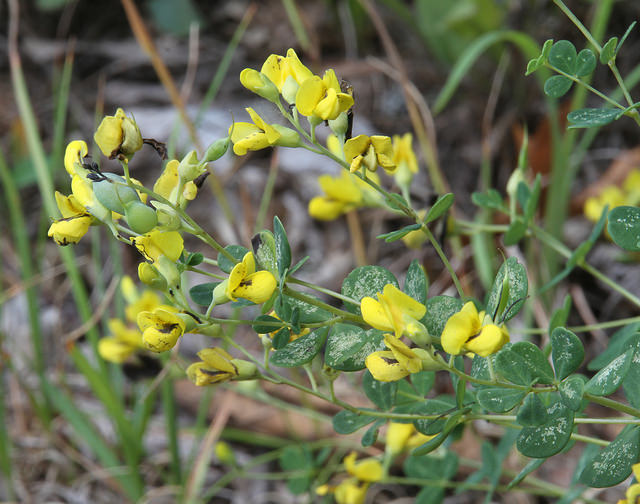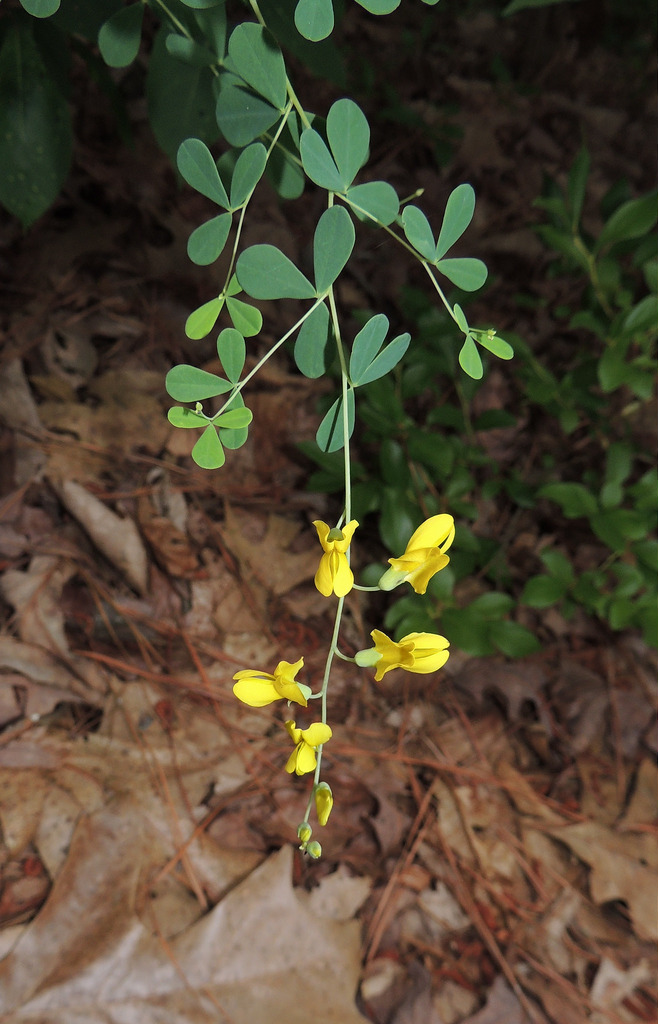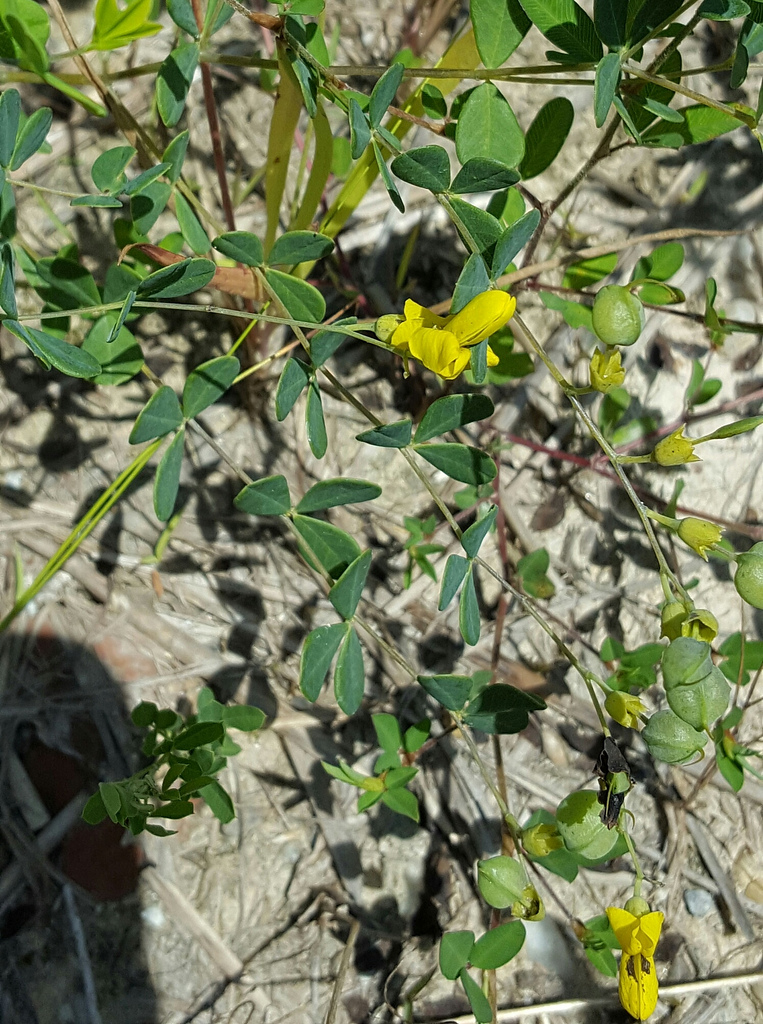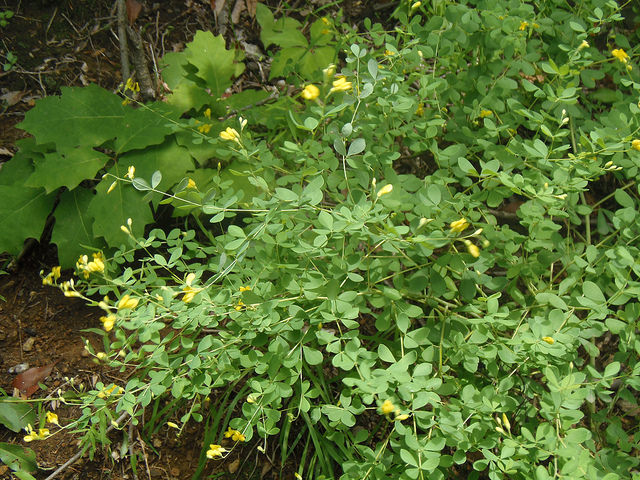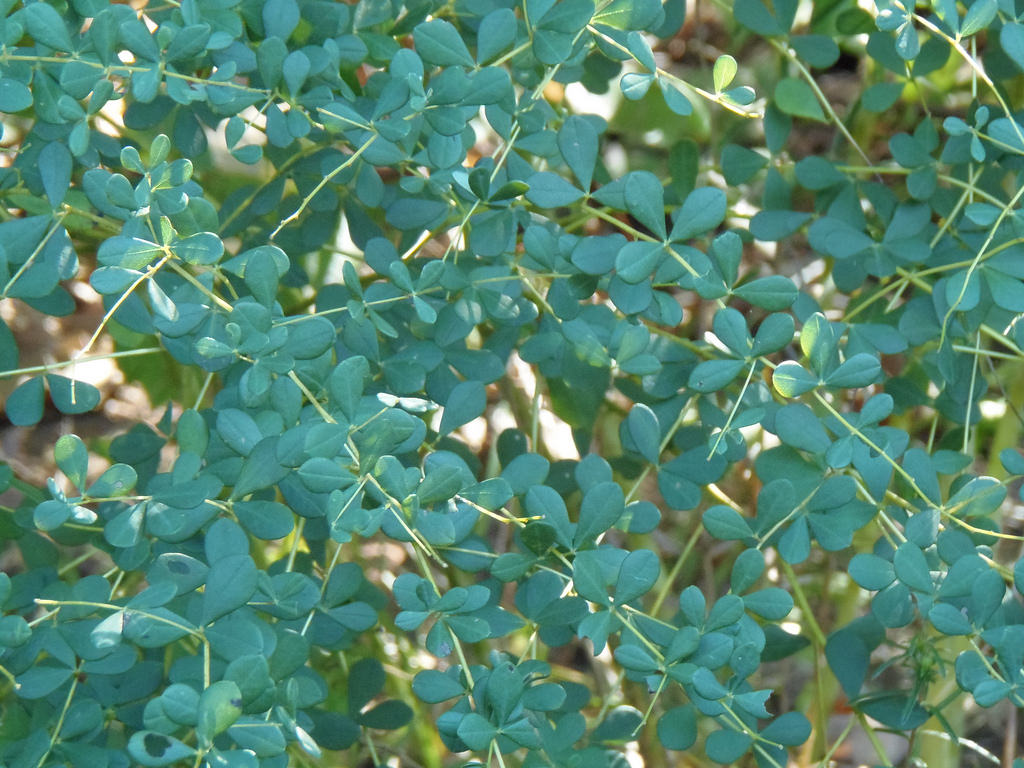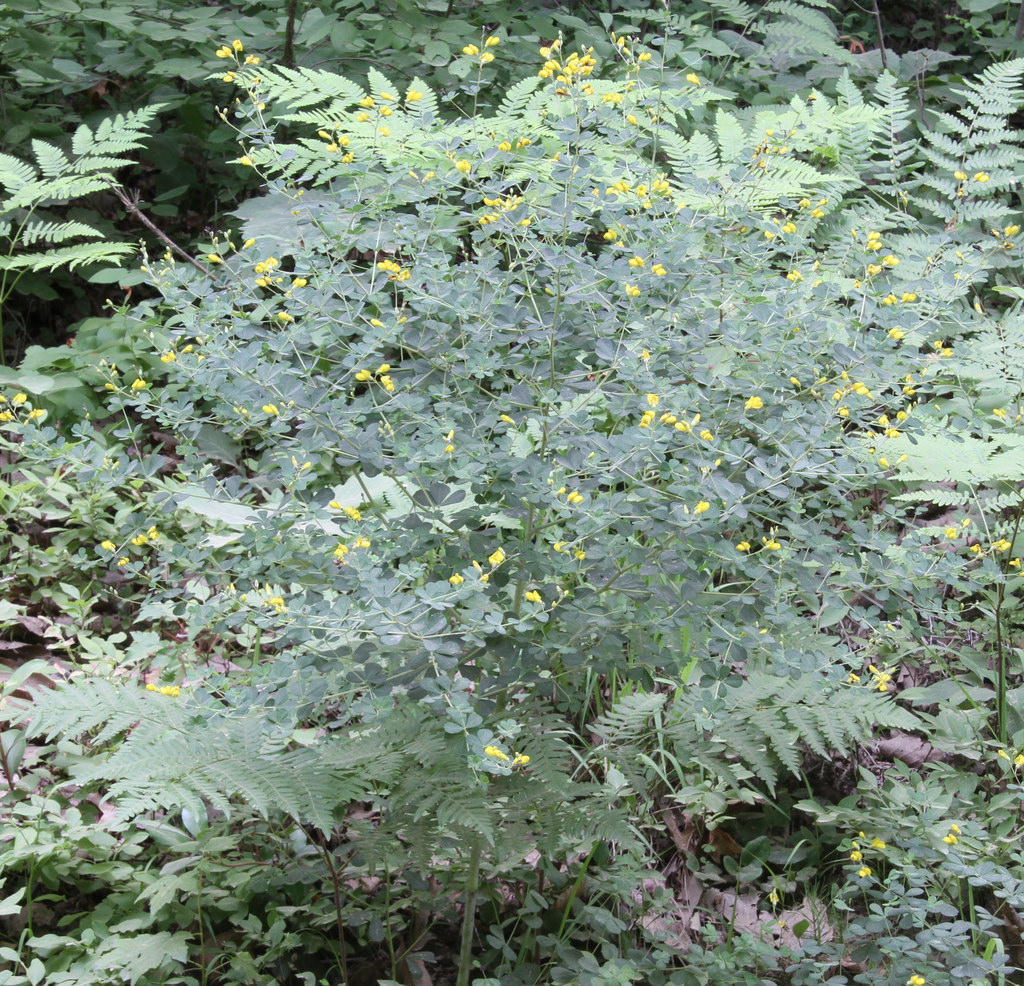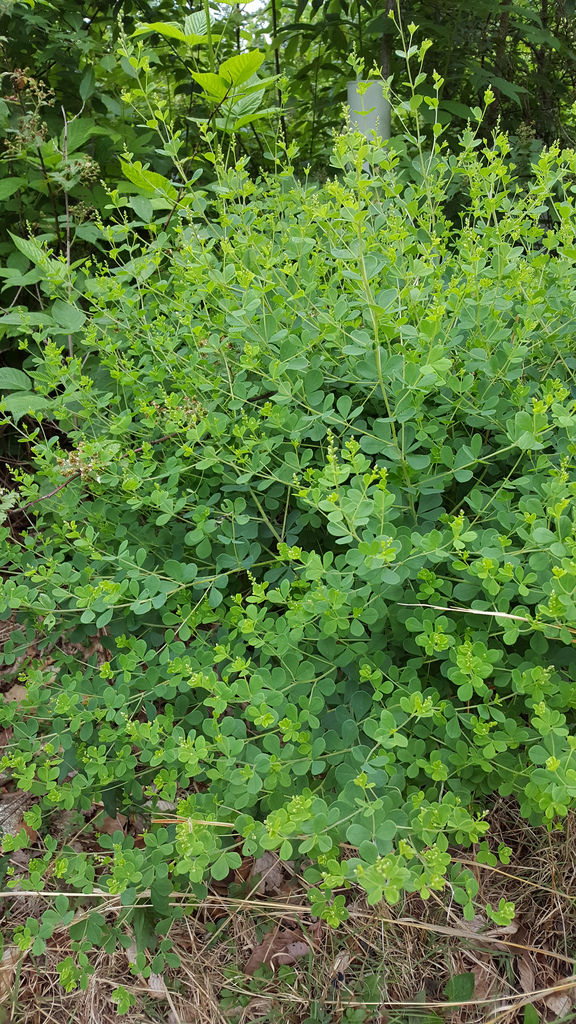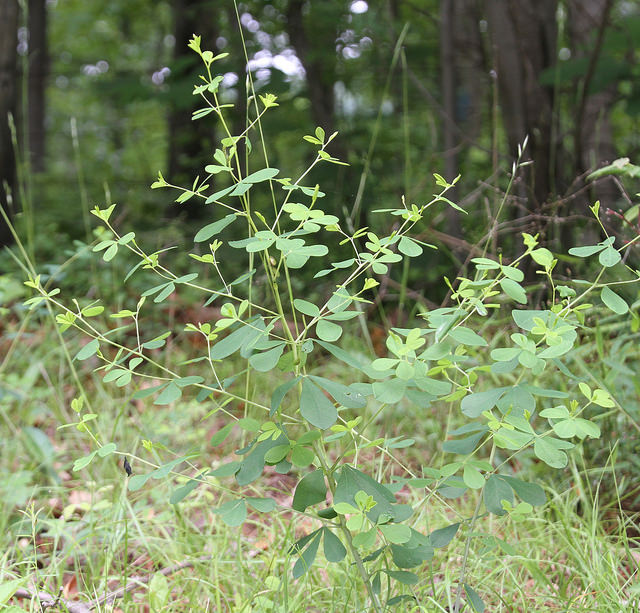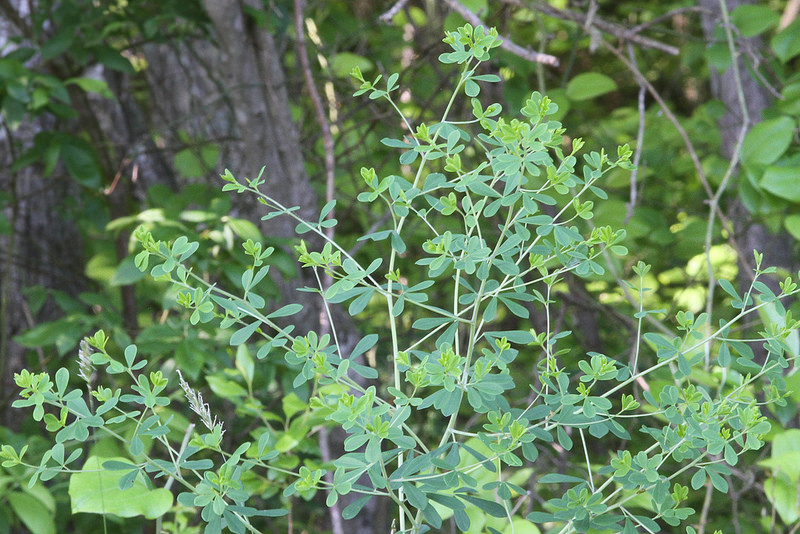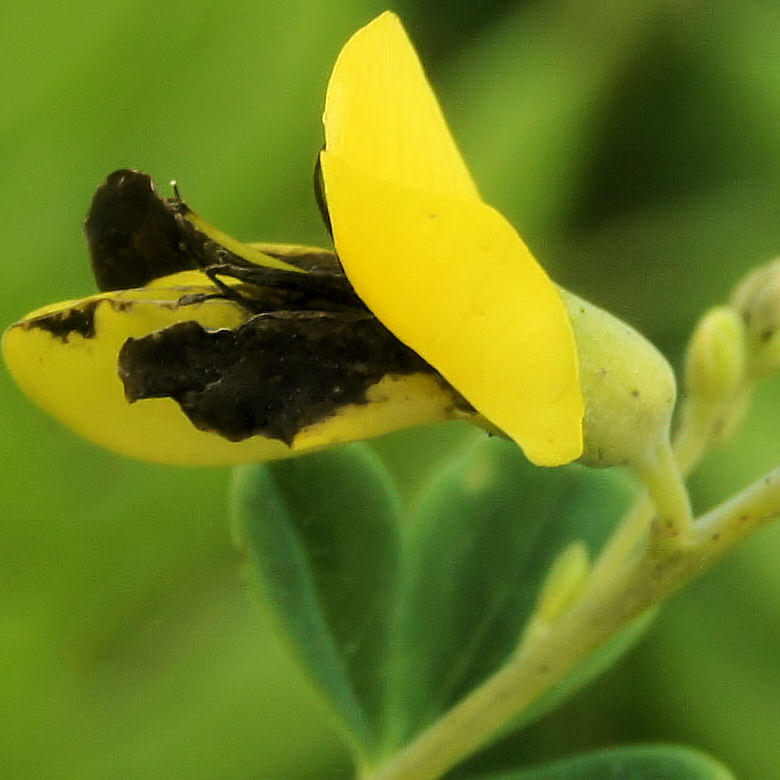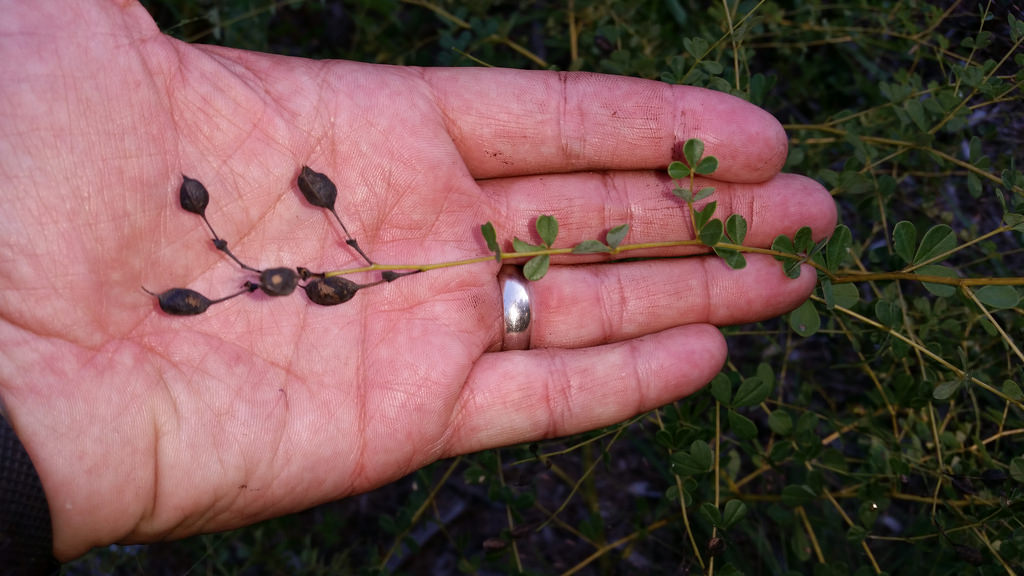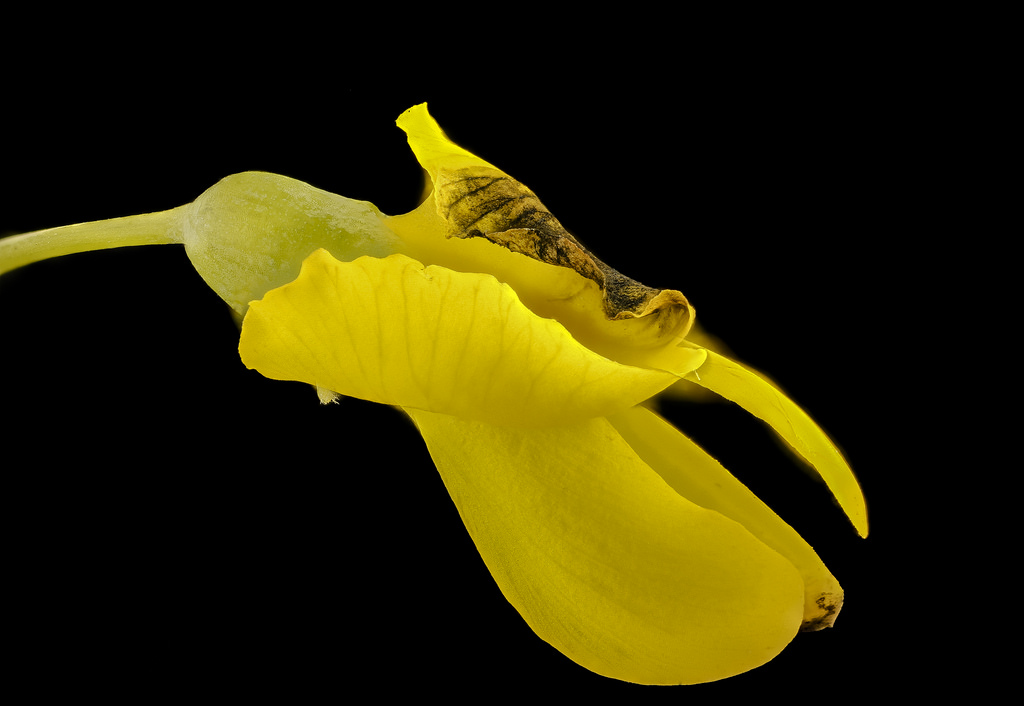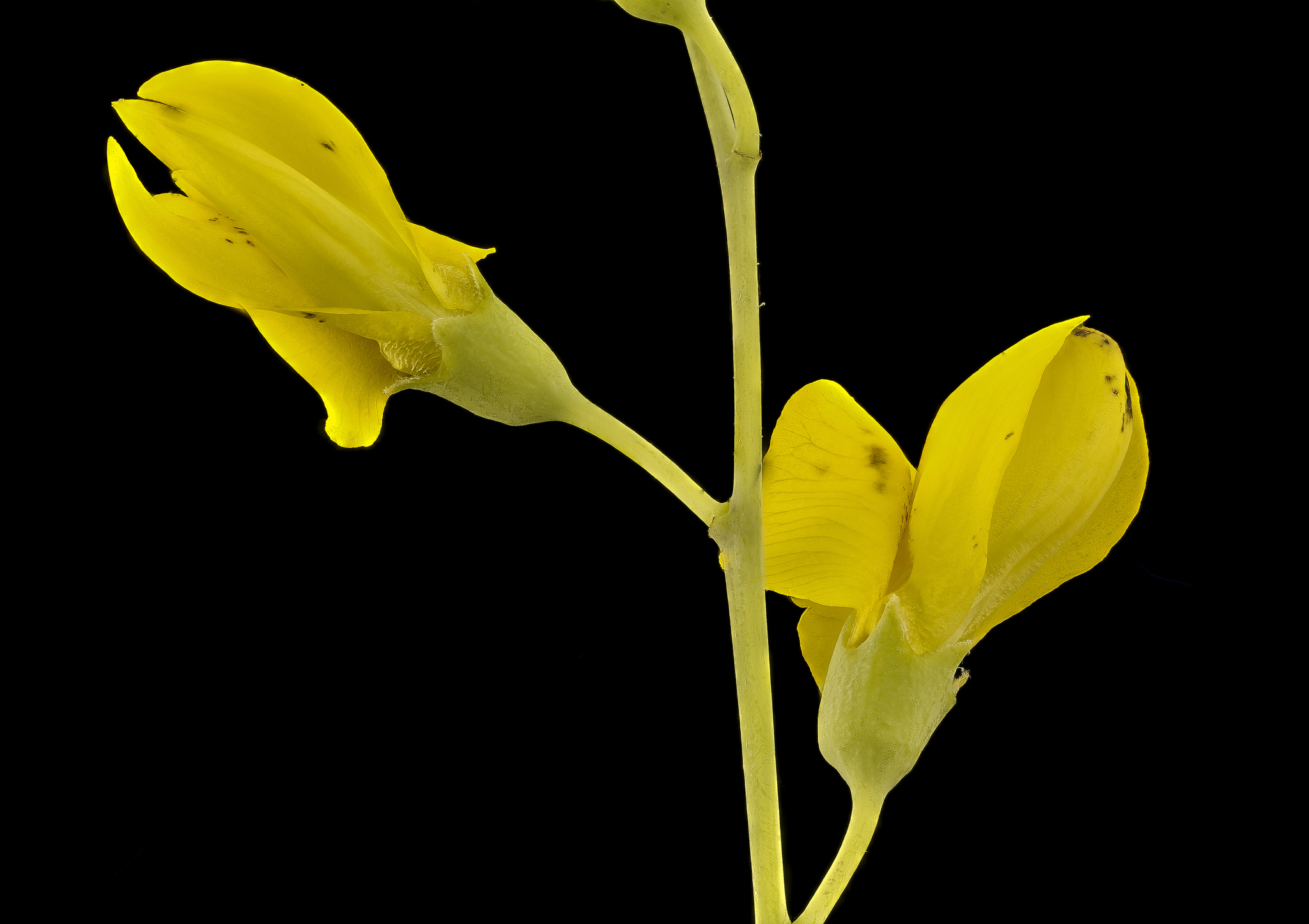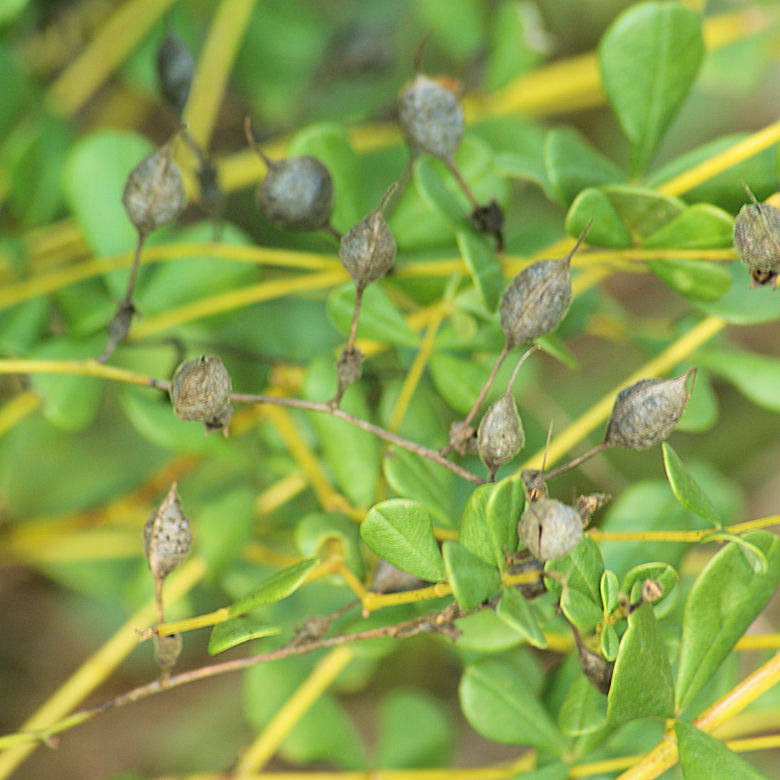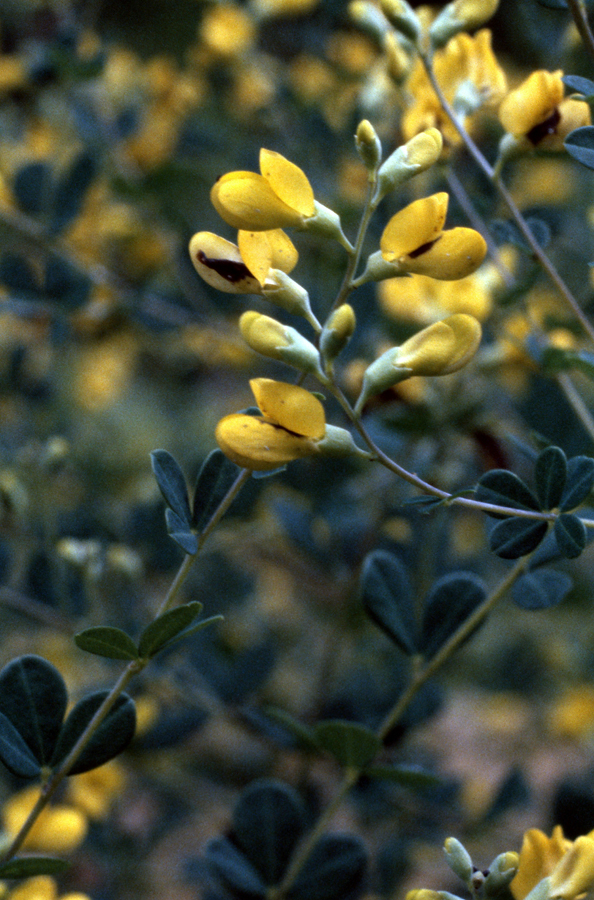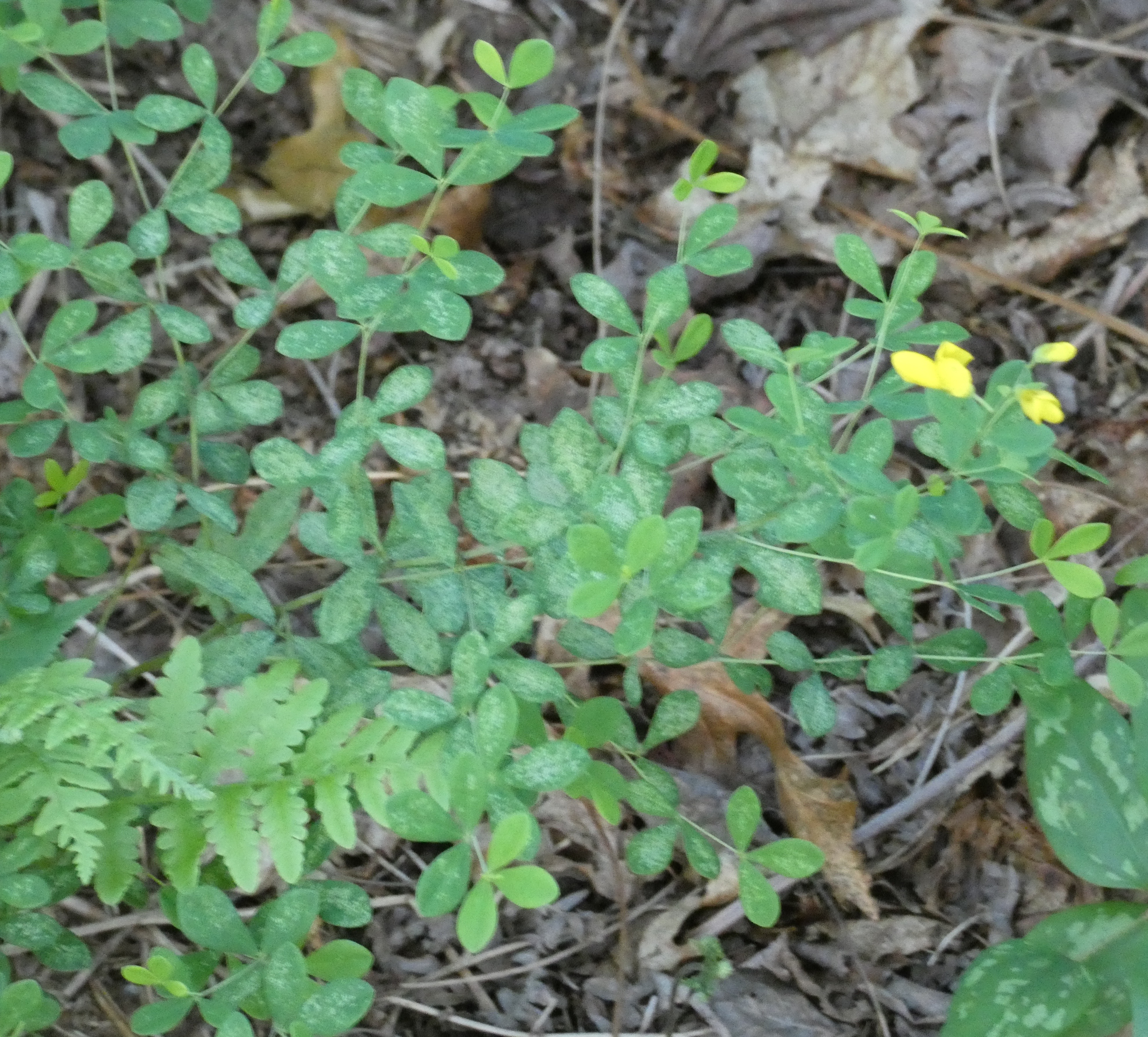Map Snapshot























274 Records
Relationships
Host plant for the butterfly Wild Indigo Duskywing, and a possible host for Frosted Elfin. Host plant for various moth species including Io Moth, Genista Broom Moth, Indigo Stem Borer Moth (Database of the World's Lepidopteran Hostplants).
Seasonality Snapshot
Source: Wikipedia
| Baptisia tinctoria | |
|---|---|

| |
| Scientific classification | |
| Kingdom: | Plantae |
| Clade: | Tracheophytes |
| Clade: | Angiosperms |
| Clade: | Eudicots |
| Clade: | Rosids |
| Order: | Fabales |
| Family: | Fabaceae |
| Subfamily: | Faboideae |
| Genus: | Baptisia |
| Species: | B. tinctoria
|
| Binomial name | |
| Baptisia tinctoria | |
Baptisia tinctoria (common names include yellow false indigo, wild indigo,[1] wild-indigo[2] and horseflyweed[3]) is a herbaceous perennial plant in the family Fabaceae. It is native to eastern North America.
Distribution and habitat
[edit]Baptisia tinctoria is found throughout the eastern United States, west to Minnesota, and south to Florida.[4] As it is rare in some parts of its range, it is protected by some state authorities: in Kentucky it is threatened; in Maine it is considered endangered.[5] It prefers dry meadow and open woodland environments.[6]

Description
[edit]The multiple bushy stems of Baptisia tinctoria reach 2 to 3 feet tall. The leaves are silver-green; each is divided into three leaflets about ½ inch long. The flowers are yellow and grow in spikes 1½ to 3 inches long.[7]
The leaves are eaten by some lepidopteran caterpillars, for example the Io moth (Automeris io).
On Martha's Vineyard, the species is a tumbleweed: it grows in a globular form, breaks off at the root in the autumn, and tumbles about.[1]
References
[edit]- ^ a b C. E. Bessey (1886). "The tumble-weed of the west". Botanical Gazette. 11 (2). University of Chicago Press: 41. doi:10.1086/325904. S2CID 85134259.
- ^ BSBI List 2007 (xls). Botanical Society of Britain and Ireland. Archived from the original (xls) on 2015-06-26. Retrieved 2014-10-17.
- ^ NRCS. "Baptisia tinctoria". PLANTS Database. United States Department of Agriculture (USDA). Retrieved 9 January 2016.
- ^ Canby, William. "Notes on Baptisia." Botanical Gazette 4 (1879): 129-132.
- ^ USDA, NRCS. 2007. The PLANTS Database (http://plants.usda.gov, 31 May 2007). National Plant Data Center, Baton Rouge, LA 70874-4490 USA.
- ^ "Baptisia tinctoria". Missouri Botanical Garden. http://www.mobot.org/gardeninghelp/plantfinder/Plant.asp?Code=J500 (accessed May 24, 2007).
- ^ Crockett, James U.; Allen, Oliver (1977). Wildflower Gardening (1 ed.). Alexandria, Virginia: Time-Life Books.
